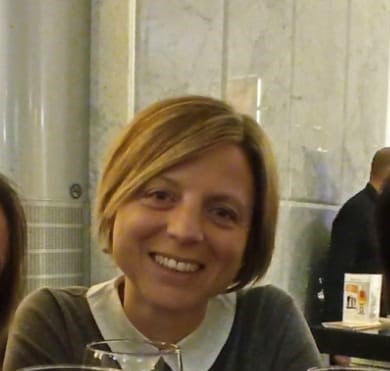Challenges and Advancements in the Cleaning, Conservation and Restoration of Archaeological Small Finds
A special issue of Heritage (ISSN 2571-9408).
Deadline for manuscript submissions: 30 September 2024 | Viewed by 1980
Special Issue Editors
Interests: cultural heritage; corrosion; diagnostic; material science; Raman spectroscopy
Interests: nanomaterials; photocatalysis; metal oxide nanoparticles stabilized by organic molecules and natural polymers for wastewater treatment application; thin films; metal–organic chemical vapor deposition
Special Issues, Collections and Topics in MDPI journals
Special Issue Information
Dear Colleagues,
The importance of cultural heritage as an economic and historical resource puts its long-term preservation in the foreground, since, regardless of their diverse nature and composition, works of art are inevitably exposed to recurrent degradation processes. Inappropriate approaches to restoration practice need to be replaced by the development of innovative cleaning and restoration methods that also account for the latest techniques for the conservation of artefacts.
The challenge is to replace arbitrary methods in restoration practice with a methodical search for specialised and useful materials to protect, maintain, and restore art.
This Special Issue aims to address the practice of restoration of small artefacts and their non-invasive cleaning and sustainable conservation to maintain both the physical properties and cultural significance of such objects. Common materials represented include metals, stones, ceramics, glasses, papers, textiles bone and ivory, mortars, concrete, and painted wall plaster.
Accordingly, we propose a Special Issue devoted to the research of innovative cleaning, conservation, and restoration methods for different type of artifacts. We wish to provide a comprehensive review of techniques currently in use and their potential for advancement. All types of original research articles, mini-reviews, and reviews are welcomed in this Special Issue. Research areas may include the following topics, but are not limited to:
- Advanced Materials for Cleaning;
- Advanced Materials for Consolidation;
- Advanced Materials for Surface Protection;
- Biotechnological solutions-based conservation and restoration methods;
- The use of nanomaterials in conservation and restoration techniques;
- Innovative long-term strategies against alteration agents;
- Enhancements to the protocols and practices used in current treatments;
- Case studies using innovative analysis methodologies and intervention strategies.
Dr. Tilde De Caro
Dr. Roberta G. Toro
Guest Editors
Manuscript Submission Information
Manuscripts should be submitted online at www.mdpi.com by registering and logging in to this website. Once you are registered, click here to go to the submission form. Manuscripts can be submitted until the deadline. All submissions that pass pre-check are peer-reviewed. Accepted papers will be published continuously in the journal (as soon as accepted) and will be listed together on the special issue website. Research articles, review articles as well as short communications are invited. For planned papers, a title and short abstract (about 100 words) can be sent to the Editorial Office for announcement on this website.
Submitted manuscripts should not have been published previously, nor be under consideration for publication elsewhere (except conference proceedings papers). All manuscripts are thoroughly refereed through a single-blind peer-review process. A guide for authors and other relevant information for submission of manuscripts is available on the Instructions for Authors page. Heritage is an international peer-reviewed open access monthly journal published by MDPI.
Please visit the Instructions for Authors page before submitting a manuscript. The Article Processing Charge (APC) for publication in this open access journal is 1600 CHF (Swiss Francs). Submitted papers should be well formatted and use good English. Authors may use MDPI's English editing service prior to publication or during author revisions.
Keywords
- cultural Heritage preservation
- cleaning
- consolidation
- protection
- advanced materials
- small finds conservation






